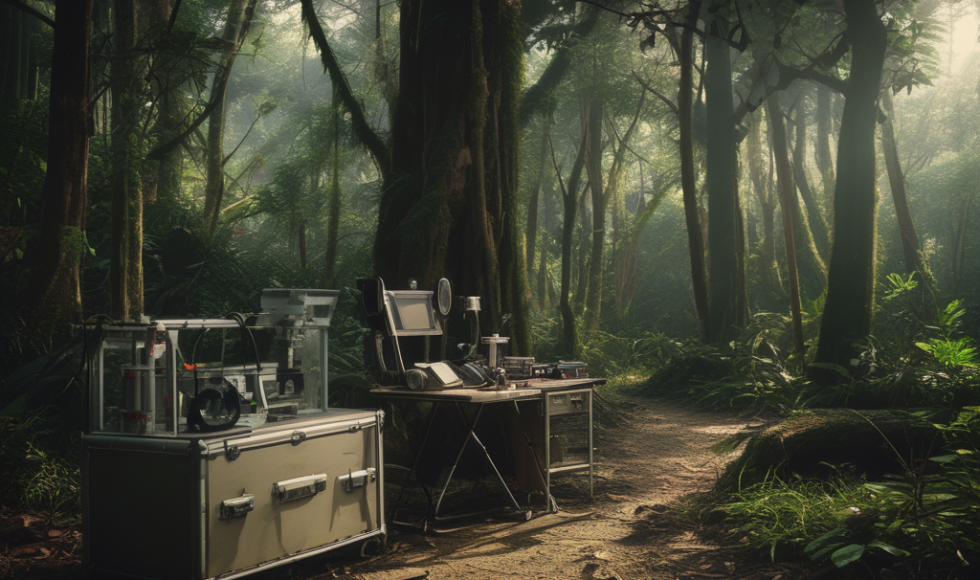Mrinalini Watsa from the San Diego Zoo Wildlife Alliance presented at London Calling 2024 a session titled “Into the unknown: portable sequencing empowers global conservation genomics.” I believe Watsa presented at a previous London Calling. They spoke about biodiversity loss and how we likely don’t know the true diversity. Watsa presented examples of amphibian genomic diversity studies. The team found four to five times more diversity of frogs than originally (500) thought. A study of Peruvian Amazonia avian and mammalian genomic diversity emphasized how little is known. Watsa explained that this is likely due to “an era of inequality” and which continents and people are doing science… or at least being recognized! Watsa reviewed NCBI sequencing information and found that about 91% of genomes are sequenced in the northern hemisphere… despite 43% of genomes originating from species that inhabit the southern tropics. Nanopore sequencing has helped make genomics more accessible. Watsa spoke eloquently about people participating in their country of origin. The “In Situ Laboratory Initiative” has done work in Ecuador, Peru, Vietnam, Rwanda, and Indonesia. The wildlife conservation laboratory in the Madre de Dios region of Peru. In June 2021, the lab “Los Amigos” was established. Samples include recapture and sampling. DNA barcoding and multiplexing 1,200 flow cells in one run produced rich data and DNA biobanks. In August 2022, they found a unique sample: a short-haired dog. As part of the Org One initiative, they obtained a P2 Solo and were able to sequence three genomes! They consider them at level 3 and will now attempt Pore-C. In addition, a male short-haired dog was trapped and sampled to include a y-chromosome to sequence. They are expanding to other field sites and working with people to establish labs in transport containers! I loved how Watsa encouraged researchers from these countries to become Nobel prize winners.



